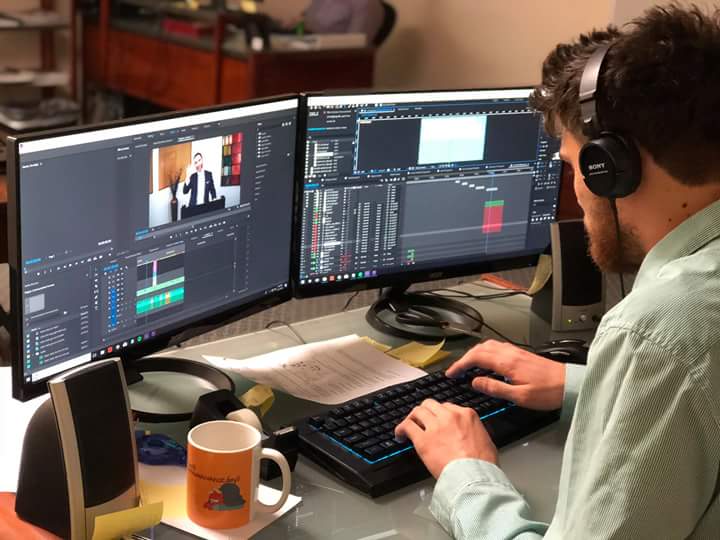Editing is one of the most important parts of creating a video and determines the mood, tone, and response you get from the viewer. If you’re a videographer, there are a few different types of editing to know to ensure you can express yourself creatively and have a product that looks high-quality and professional.

The Way You Cut Footage
Using cuts wisely and in a correct way will determine how well you edit and can communicate a message or story. The standard cut is the most commonly used cut and cuts different types of frames together. It works well for various scenes that don’t need any transition and is reliable for any type of film you’re editing, whether it’s a comedy or romance movie.
You can also use a jump cut if you need time to pass by and want to skip to another period of time in the future, whether it’s in a month or five years. It works well for creating forward motion in a movie or music video when you edit a video. Jump cuts allow you to save time and communicate time passing without the use of words.
You can even use a few different cuts at the same time for a useful effect. Consider using a match dissolve, a matching cross cut, and even smash cut j cut. The more you experiment with the cuts, the easier they’ll be to execute, and over time you’ll become more confident with choosing the right type of cut for each scene.
Montages
Montages are often one of the most important parts of stories and videos because they show a story’s progression but don’t go into a lot of detail. It can show a couple falling in love or athletes developing their skills and becoming more advanced as a player when you’re communicating something.
Using the right type of software to edit is also essential to ensure you can edit correctly and with more precision. Consider using something like Adobe Premiere Pro to use as a resource because it’s easy to learn, whether you’re a beginner or are a seasoned professional. It can help you to become more inspired and further your post-production knowledge.
If you are looking to create realistic lip sync videos consider utilizing modern AI tools that can seamlessly sync audio with visuals for a polished and professional look. Finally, remember that storytelling through editing is as much about intuition as it is about technical skill—practice, feedback, and constant experimentation will refine your ability to craft compelling narratives.
Cutaway Shots
You’ll need to learn how to master cutaway shots and learn how to edit them correctly because of how much depth they give to stories. The cutaway shots can shift the focus from the characters to the scene for added context. Cutaway shots are also effective for incorporating foreshadowing with clouds forming or leaves blowing in the wind.
Match Cuts
Match cuts are an editing technique to use when you need to cut to a time in the future and skip over geography. It’s a common technique beginners learn and can allow you to get creative with what you’re trying to communicate. It can feature clouds forming or even snow that starts to blow in the wind, depending on the setting and where the film is shot.
Cross Dissolve
Cross dissolve is a versatile type of edit and can serve many purposes to show time passing or have a few different scenes happen at once. It doesn’t work as well for standard editing, but there should be enough motivation behind it when you decide to use it.
Wipe Transitions
When you use wipe transitions, it makes use of digital animation and wipes from one scene into the next one. You can use them if you want to create a humorous tone and make the shot funnier. Wipe transitions are straightforward, easy to execute, and are easy to identify when you want something simple and to the point.
Invisible Cuts
Creating cuts can show you how creative you are as an editor to ensure the shot looks more continuous. It’s easy to replicate by making the end of one shot look dark or low-lit and blending it into a similar color into the next shot.
J or L Cuts
J or L cuts are commonly used by many videographers. J cuts include when audio from A starts playing and clip B shows up. L cuts are the exact opposite and feature audio from clip B when clip A is playing.
Knowing the different types of editing and how to master them can allow you to become a more seasoned videographer and enhances your skills. You can successfully communicate specific messages and develop your craft better by practicing each type of cut.

